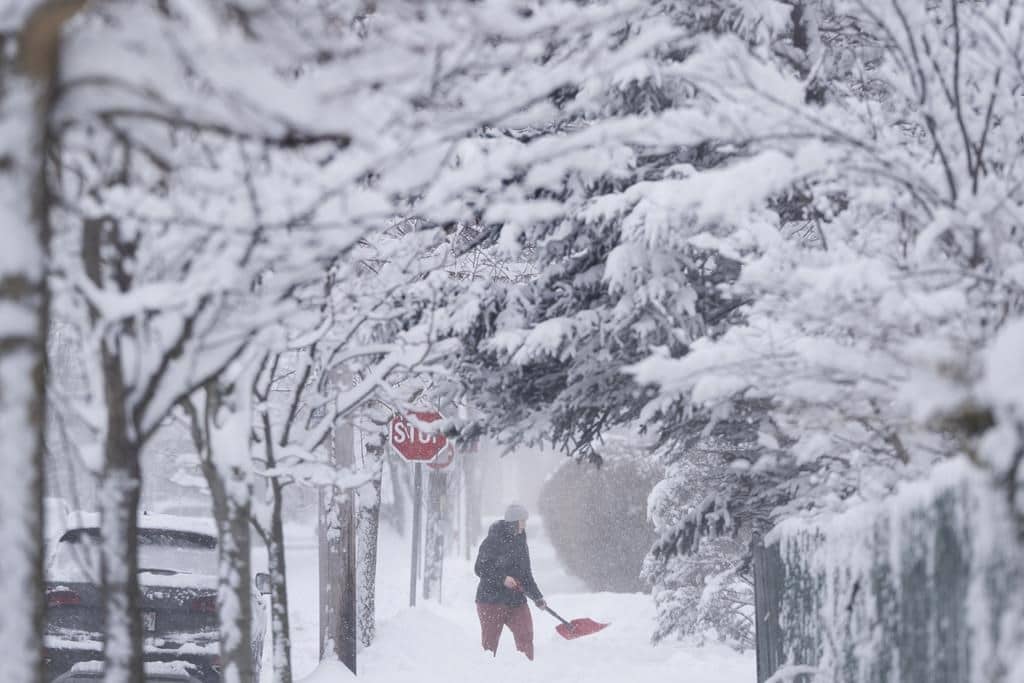Chicken prices are rising once more as a persistent outbreak of bird virus coincides with the high demand for holiday cooking. However, rates are still far away from their most new high, which was almost two years ago. Additionally, according to the American Egg Board, there have only been temporary, secluded chicken scarcity at grocery shops. ” Those are being rapidly corrected, sometimes within a day”, said Emily Metz, the Egg Board’s president and chief executive officer. The average cost for a few eggs in U. S. places was$ 3.37 in October, according to the Bureau of Labor Statistics. That was considerably lower than the price of$ 4.82 in September and$ 4.82 in January 2023, respectively. However, it increased by 63 percent from October 2023, when a dozen eggs cost on average$ 2.07. Often, stores may be to blame for cost peaks. During evidence in August in the Federal Trade Commission’s situation seeking to prevent Kroger’s merger with Albertsons, Kroger’s senior producer for sales acknowledged that the firm has raised the cost of milk and eggs beyond the levels of prices. However, there are other factors contributing to the amount increases. Metz said the chicken industry sees its highest desire in November and December, for instance. ” You can’t have your vacation bread, your pumpkin pie, your cramming, without hens”, she said. Another major factor contributing to the higher rates is the flu. The recent bird flu outbreak that began in February 2022 has led to the slaughter of more than 111 million birds, mostly egg-laying animals. Anytime the virus is found, every birds on a farm is killed to control the spread of the disease. 3: 53
B. C. animal virus case remains a mysteryMore than six million birds have been slaughtered only this month because of bird flu. They were a fairly small part of the total U. S. egg-laying congregation of 377 million birds. However, the congregation is down about three per share over the past month, contributing to a four per cent cut in chicken output, according to the U. S. Department of Agriculture. California, one of the hardest-hit state, is scrambling to get cage-free eggs because of the most recent influx of bird flu. California, Nevada, Washington and Oregon all require egg sold in their states to become cage-free. Because those claims only permit the sale of cage-free eggs, Metz said,” We’re having to move egg from those areas of the country that are producing cage-free egg to cover that low offer in those says.” In 2020, laws requiring cage-free living will be implemented in Arizona, Colorado, and Michigan, as well as in Rhode Island and Utah. Trending Then
Danny Masterson panders 2023 murder convictions, aims for’ full exoneration ‘
Ottawa moving onward on automated tax filing. Here’s what to hear
The demand for these niche egg may also be causing the spread of wild bird flu, which occurs when wild birds leave farms after they leave. According to Chad Hart, a teacher and agricultural scholar at Iowa State University, allowing chickens to roam more freely raises their risk. It’s truly difficult to regulate the connection between domesticated and wild animals, according to Hart. ” Some of those vector have been opened up because we’re asking the chicken industry to develop in way that we didn’t ask them to earlier.”
Nearly seven million birds culled in B. C.’s Fraser Valley according to insect fluMetz said climate change and extreme conditions are even blowing some exotic birds off program. We have parrots that have been displaced by storms and wildfires, and those animals are then circulating in locations where they otherwise might not otherwise be circulating or during certain times of the year, she said. The egg industry is trying to recover the congregation, but that also can reduce items, since farmers have to hold back some eggs to burrow into fresh chickens.” And those are all innovative variables that our farmers are having to deal with,” Hart said. Still, there is some good news on U. S. poultry farms. According to Hart, the cost of chicken feed, which accounts for 70 % of a farmer’s costs, has significantly decreased after doubled between 2020 and 2022. &, copy 2024 The Canadian Press


